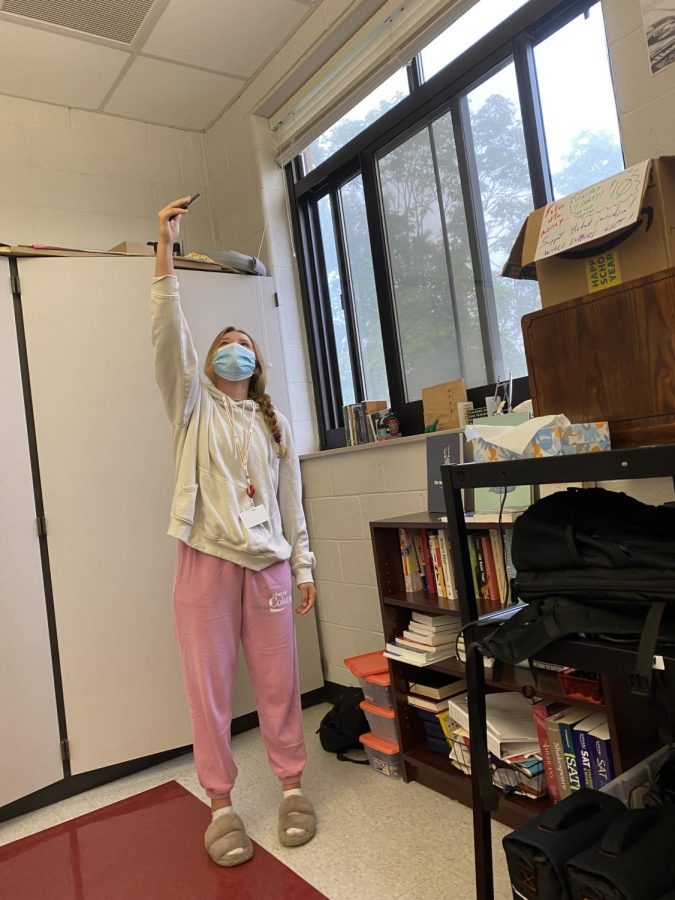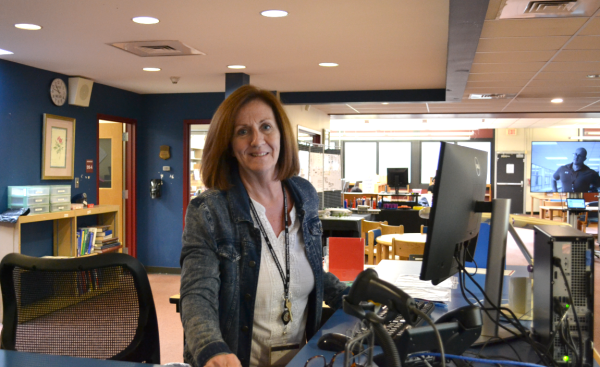Why is cell service in school so bad? Answers aren’t loading
Being back in the building reminds students of the joys of being back in school, such as seeing their school friends and forming closer connections with their teachers that could not be done over Zoom. However, the cell service (or rather lack thereof) in the school building is also something that comes to mind when remembering the things that can only be experienced in the school building. So, why is the reception in the building of such poor quality? Is it simply because of the school’s location in relation to cell towers, the fact that we’re inside a cinder-block building or are there cell service blockers installed throughout the building? The answers, sadly, remain may be a culmination of these things.
First, the West Essex tech department has denied the rumored signal blockers. Although it would certainly make this article more interesting, this theory has been refuted. But the department acknowledged the poor cell reception quality and said it could be attributed to the individual companies who provide it.
“The decline in cell reception over the last year or two is noticeable—but since we don’t have any interaction with cell providers, it’s hard to know exactly why,” district network administrator Michael Johnson said. “The construction of the building hasn’t changed, so it is likely that the providers have changed their own configurations.”
Johnson also mentioned the school’s proximity to the nearby airport as a reason for the lack of LTE bars or nearby cell towers.
“We’re in a unique position with an airport right around the corner,” Johnson said. “This means that there can’t be anything very tall nearby, including cell towers, increasing the range to the nearest ones.”
Not being able to send text messages is certainly frustrating, especially during situations like lockdowns when students want to contact their families to keep them in the loop during stressful times. However, it is unlikely the problem will be solved with a wi-fi network for personal devices in the building.
“The wi-fi provided in the building is for educational purposes,” Johnson said. “We are foremost a school, and have to prioritize this traffic.”
All students notice the service quality issue and do not feel too kindly to it.
“It’s really frustrating because I can’t keep in touch with my parents or my friends during school due to how poor the service is,” senior Bella Barbarito said.
“The lack of cell service makes me feel a bit controlled,” sophomore Paul Khitiri said.
The poor cell reception seems like an issue West Essex students will just have to accept. It’s difficult to pinpoint the exact cause of the problem, but all possibilities seem out of the control of students, tech and administrators.







